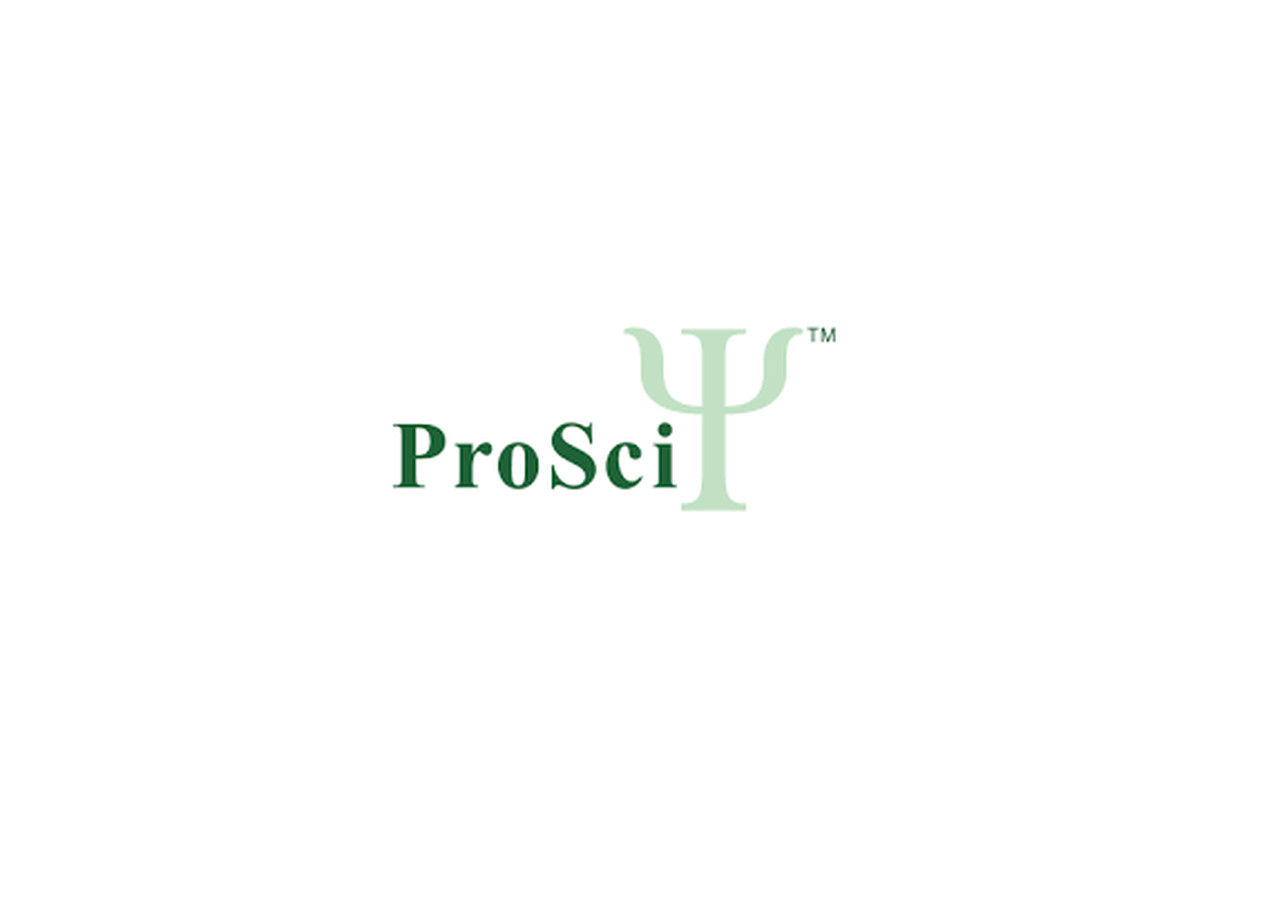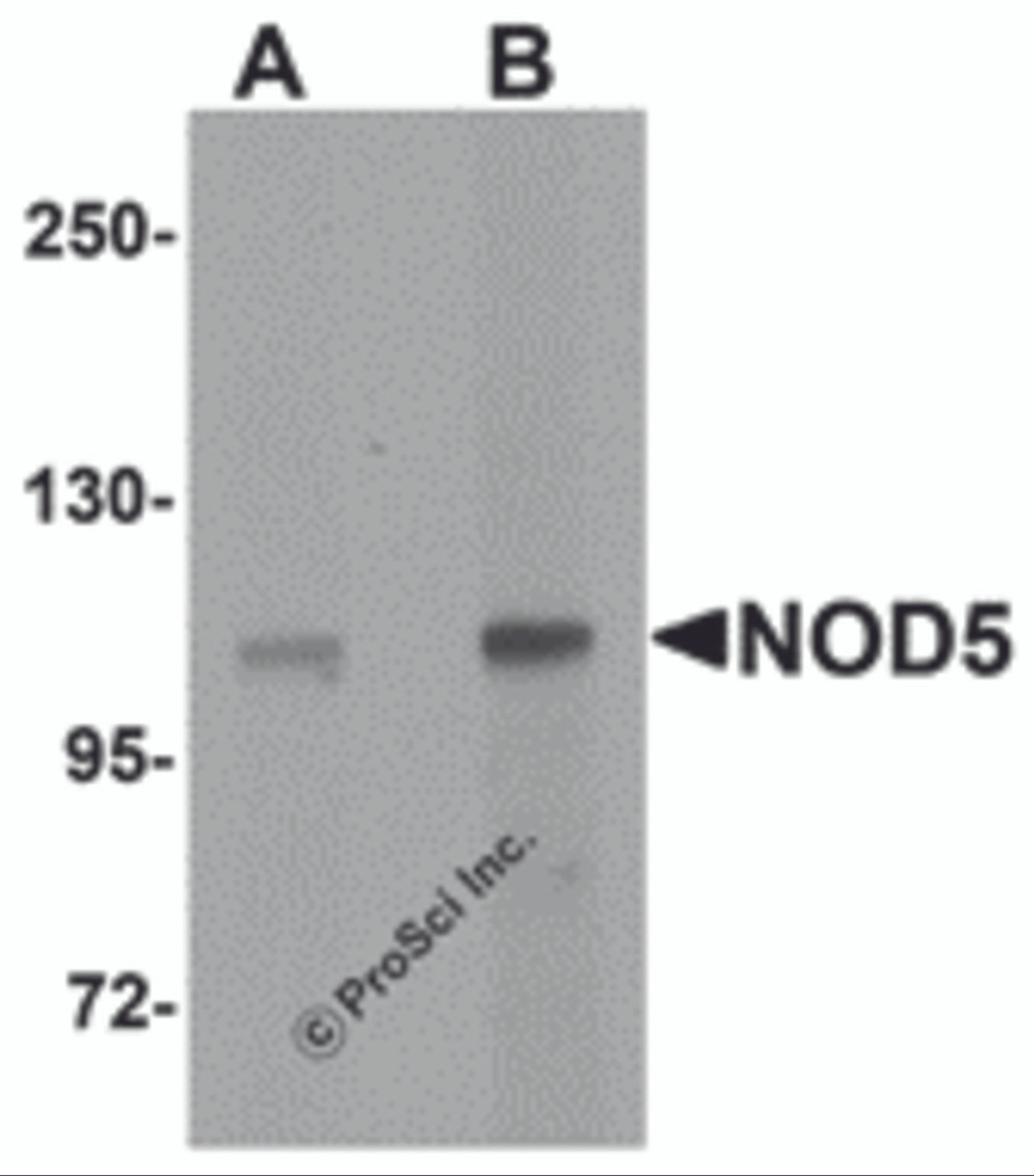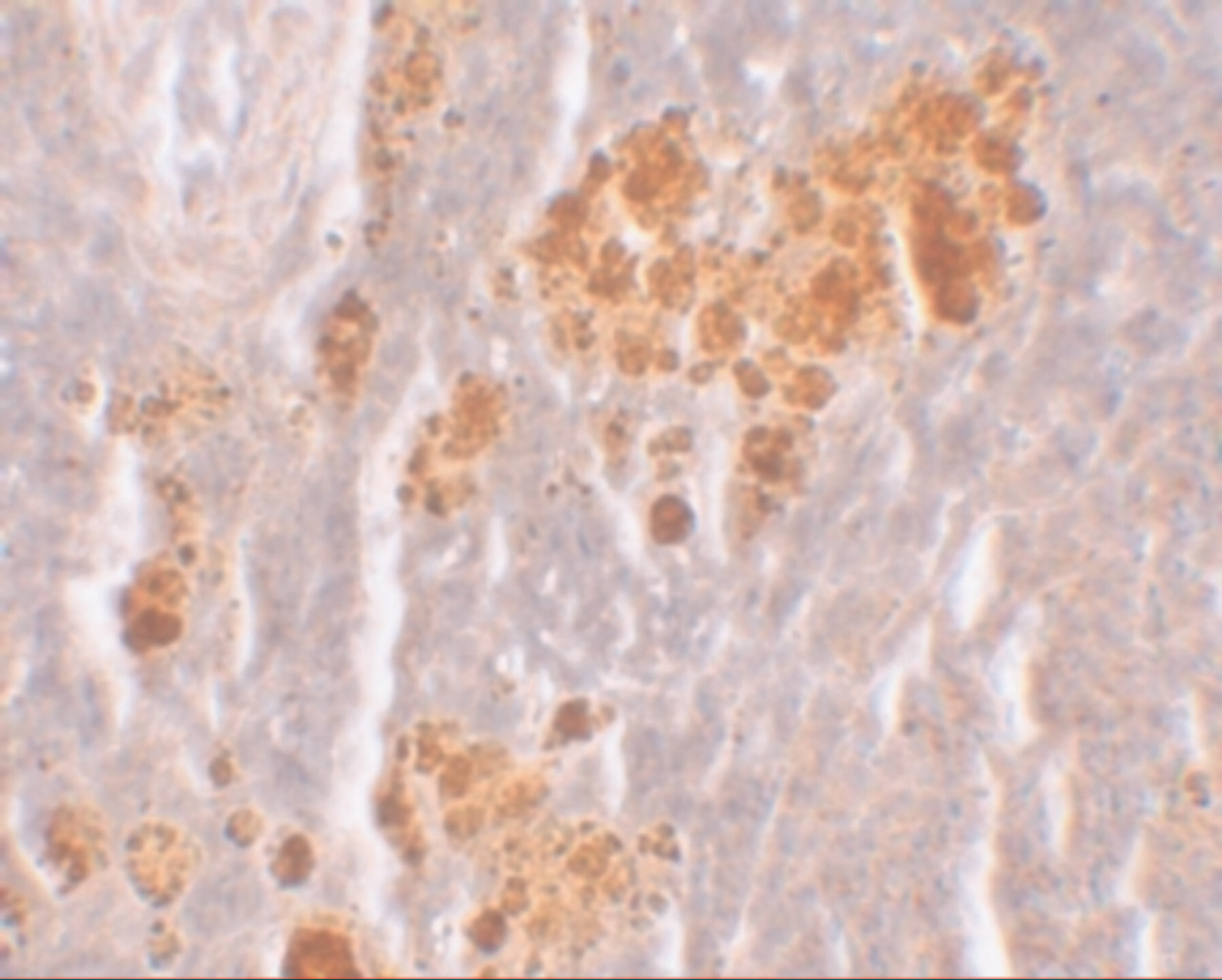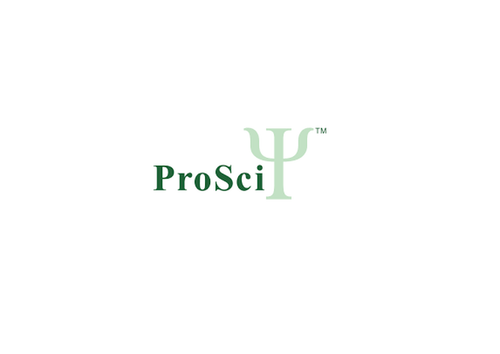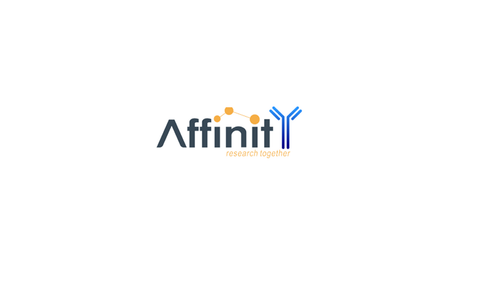Product Description
NOD5 Antibody | 5953 | ProSci
Host: Rabbit
Reactivity: Human, Mouse, Rat
Homology: N/A
Immunogen: NOD5 antibody was raised against a 14 amino acid synthetic peptide near the amino terminus of human NOD5.
The immunogen is located within amino acids 70 - 120 of NOD5.
Research Area: Innate Immunity
Tested Application: E, WB, IHC-P, IF
Application: NOD5 antibody can be used for detection of NOD5 by Western blot at 1 - 2 μg/mL. Antibody can also be used for immunohistochemistry starting at 10 μg/mL. For immunofluorescence start at 20 μg/mL.
Antibody validated: Western Blot in rat samples; Immunohistochemistry in rat samples and Immunofluorescence in rat samples. All other applications and species not yet tested.
Specificiy: N/A
Positive Control 1: Cat. No. 1466 - Rat Spleen Tissue Lysate
Positive Control 2: N/A
Positive Control 3: N/A
Positive Control 4: N/A
Positive Control 5: N/A
Positive Control 6: N/A
Molecular Weight: N/A
Validation: N/A
Isoform: N/A
Purification: NOD5 Antibody is affinity chromatography purified via peptide column.
Clonality: Polyclonal
Clone: N/A
Isotype: IgG
Conjugate: Unconjugated
Physical State: Liquid
Buffer: NOD5 Antibody is supplied in PBS containing 0.02% sodium azide.
Concentration: 1 mg/mL
Storage Condition: NOD5 antibody can be stored at 4˚C for three months and -20˚C, stable for up to one year. As with all antibodies care should be taken to avoid repeated freeze thaw cycles. Antibodies should not be exposed to prolonged high temperatures.
Alternate Name: NOD5 Antibody: NOD5, NOD9, NOD26, DLNB26, CLR11.3, NOD5, NLR family member X1, Nucleotide-binding oligomerization domain protein 26
User Note: Optimal dilutions for each application to be determined by the researcher.
BACKGROUND: NOD5 Antibody: NOD5, also known as NLRX1, is a member of the NOD (nucleotide-binding oligomerization domain) family, a group of proteins that are involved in innate immune defense. NOD5 localizes to the mitochondrial outer membrane and interacts with the virus-induced signaling adapter protein VISA. Unlike a subset of NOD-like receptors (NLRs) such as NOD1 and NOD2 which trigger pro-inflammatory cascades, and other NLRs that induce the caspase 1 inflammasome in response to immune challenges, NOD5 amplifies NF-κB and JNK pathways by inducing reactive oxygen species production.
 Euro
Euro
 USD
USD
 British Pound
British Pound
 NULL
NULL

